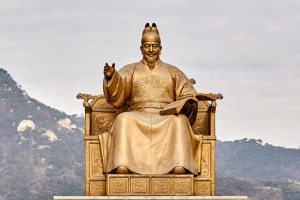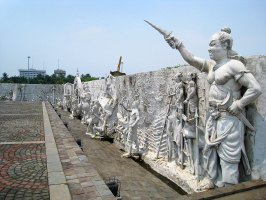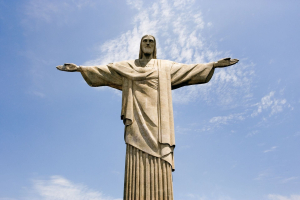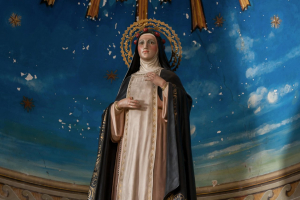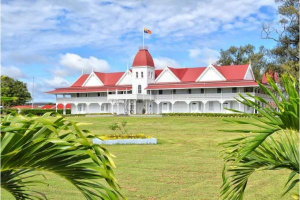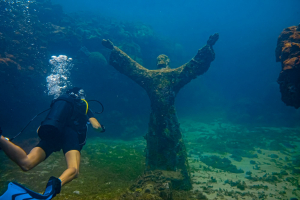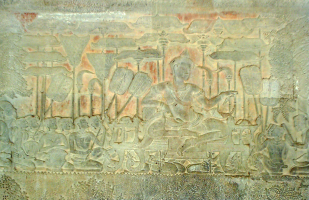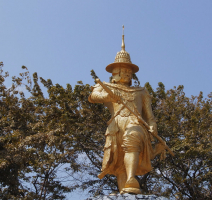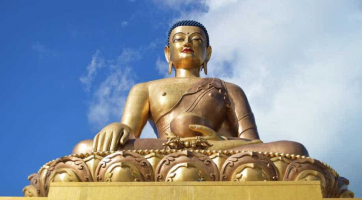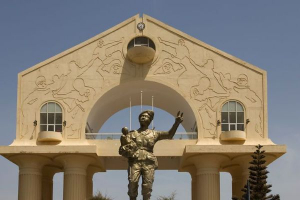Top 8 Most Infamous Historical British Gangs
The proverb "there is strength in numbers" is true. This is a lesson that criminals have also learnt, and while some prefer the "lone wolf" strategy, others ... read more...have discovered that joining a gang is more advantageous and profitable. Today, there are some of the most infamous, distinctive, and brutal gangs in British history, let's take a journey through the history of crime.
-
Because of its two leaders, brothers Ronnie and Reggie Kray, popularly known as the Kray Twins, the criminal organization known as "The Firm" controlled the majority of illegal activities in London's East End throughout the 1950s and 1960s.
Ronnie and Reggie, who were both born in 1933, started out as street fighters and eventually got good enough to start boxing. A dishonorable discharge from the army put a stop to any prospects for a respectable profession, and the pair turned to organized crime.
They began modestly, providing some muscle for larger, more established organizations or engaging in a little amount of fencing, hijacking, and protection extortion. The absence of two major gangsters, Billy Hill and Jack Comer, eventually led to a power vacuum, and the Krays were in the right position at the right time to take over as the dominating group in the East End.
Ronnie and Reggie turned from gangsters to celebrities by using their money to operate nightclubs in London's more upscale West End. They became an essential component of England's Swinging Sixties culture and were frequently spotted with well-known actors, singers, and socialites.
In 1968, their rise to fame abruptly came to an end. Each brother had previously served time in prison, but The Firm always managed to stay afloat since the other brother was always on the outside. Scotland Yard was aware that in order to stop the gang, they would need to put both Krays in jail. They did this in 1968. Ronnie and Reggie were each found guilty of murder, and 15 other important gang members were detained on separate accusations. The Krays were both sentenced to life in jail, ending The Firm abruptly, but its influence on London is still felt 50 years later. You can see the movie we made on the Kray Twins on our sister channel, Biographics, which is included at the top of this page, if you're interested in learning the complete story.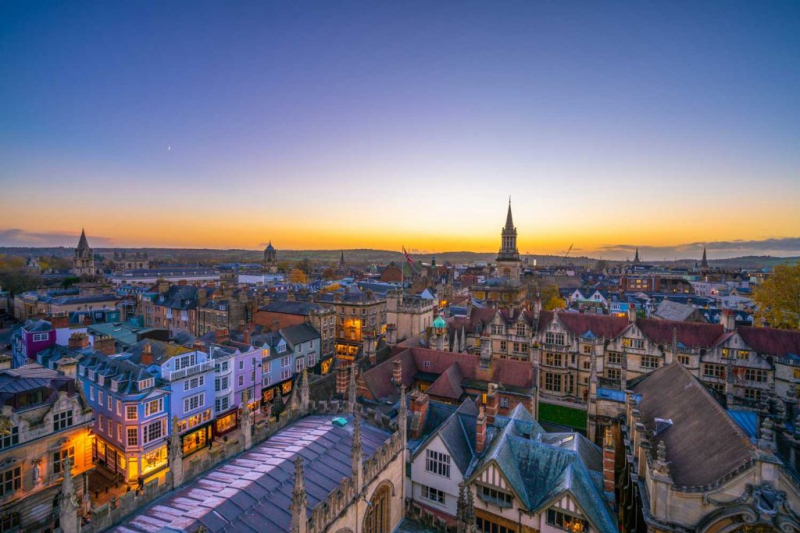
https://www.google.com/ 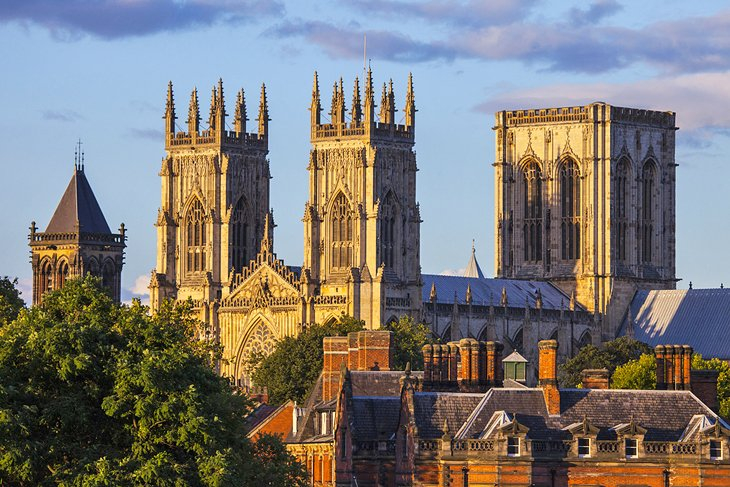
https://www.google.com/ -
The Peaky Blinders are without a doubt the most well-known group on our list, largely because of the TV series of the same name. The "peakies," a street gang with its headquarters in Birmingham, were made up of working-class men and young people who enjoyed getting wasted and getting into mischief.
There are some contrasts between the show and their real-life equivalents, despite the fact that the program gave them fresh prominence. First off, the 1920s setting of the show means that many of the Peaky Blinders and their allies are World War I veterans. The gang had really peaked in the late 19th century and was in serious decline before the war ever broke out.
Another urban legend said that members of the group called themselves "peaky blinders" because they enjoyed lining the rims of their peaked caps with razor blades and using them as weapons. A modern businessman who portrayed the typical peaky blinder in his memoirs revealed that the reality was significantly less spectacular.
- He stated: “[The peaky blinder] took pride in his personal appearance and dressed the part with skill. Bell-bottomed trousers secured by a buckle belt, hob-nailed boots, a jacket of sorts, a gaudy scarf and a billy-cock hat with a long elongated brim. This hat was worn well over one eye, hence the name ‘peaky blinder’.”
The final urban legend is a classic Hollywood exaggeration. The actual Peaky Blinders were scarcely masterminds of organized crime and infrequently engaged in the spectacular antics depicted in the television program. They were involved in protection networks and gambling, but their major crimes were fights and other forms of street crime. The most serious offense that we are aware of was a manslaughter accusation brought against 19-year-old George "Cloggy" Williams in 1898 after he threw a brick at a police constable's head and killed him.
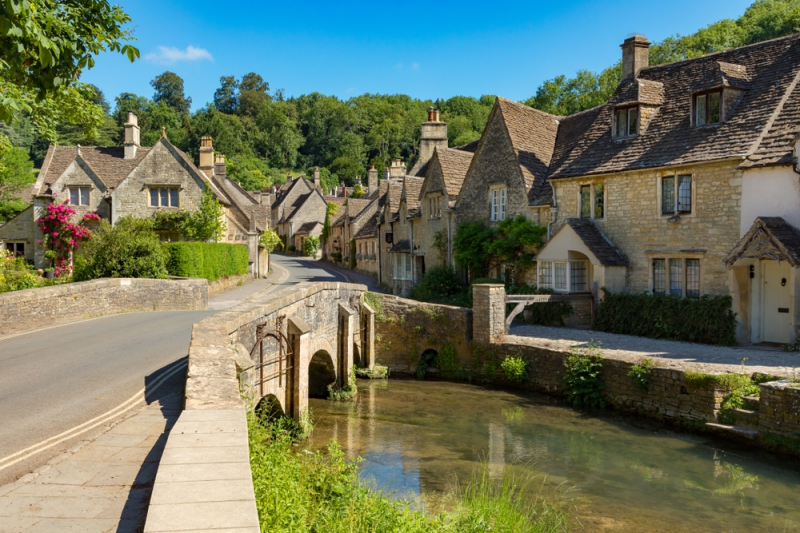
https://www.google.com/ 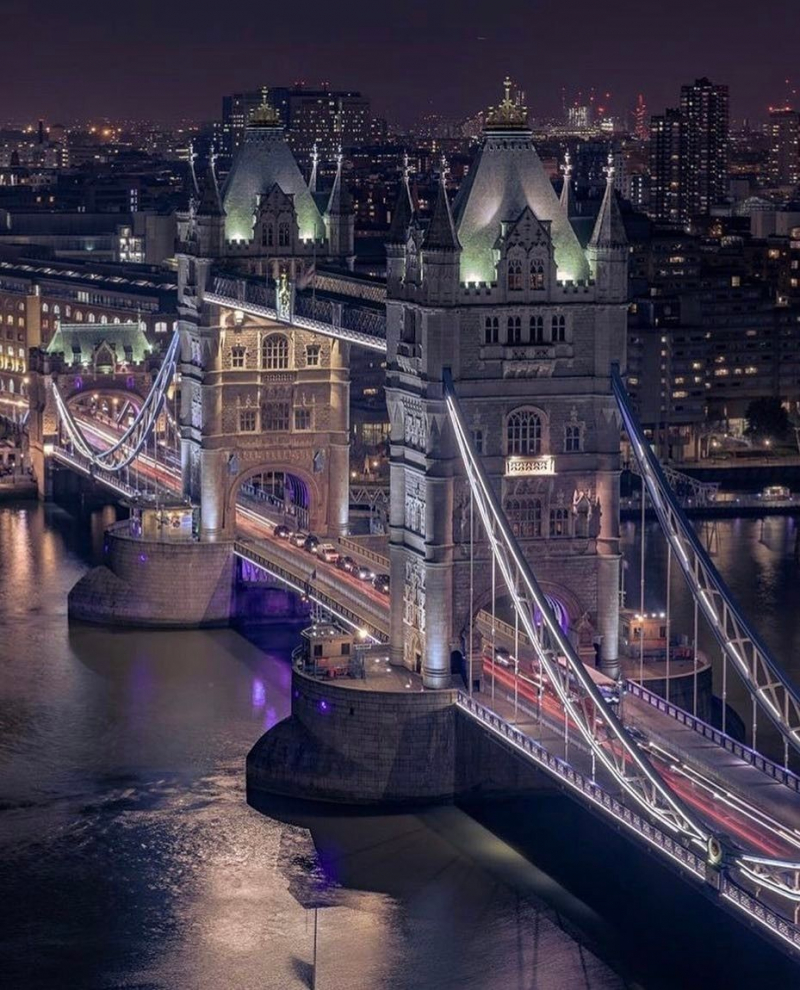
https://www.google.com/ -
Although the majority of the gangs on this list had headquarters in or close to the city's core, gang violence was not solely a concern in London. In fact, young thugs known as the Scuttlers were responsible for a large portion of the fighting that was witnessed in Manchester and the nearby townships during the 19th century.
Technically speaking, the Scuttlers were more than one gang; rather, they were a collection of related gangs, each of which had its own locality of origin. They were mostly teens; very few of them were above 20 years old, and the majority of the guys joined as soon as they were 12 or 13. Regarding their crimes, the Scuttlers frequently engaged in brutal turf fights since the majority of them carried blades or thick belts with buckles.
Even their clothing was distinctive, which helped to identify the Scuttlers. They wore bell-bottomed pants, brass-tipped clogs, and vibrant neckerchiefs that may have been used as a show of community loyalty. Additionally, they had a characteristic "donkey fringe" hairdo with a long fringe at the front and relatively short sides.
The Rochdale Road War, a series of street fights that marked the height of the conflict between the rival gangs, took place in 1870. Over the course of a year, some 500 Scuttlers were detained, and many of them received hefty prison terms as a warning to other gang members. Even so, this did little to temper their excitement, and the Scuttlers' numbers didn't start to decline until a few decades later, when a number of clubs for working-class lads were established in the city.
https://www.google.com/ 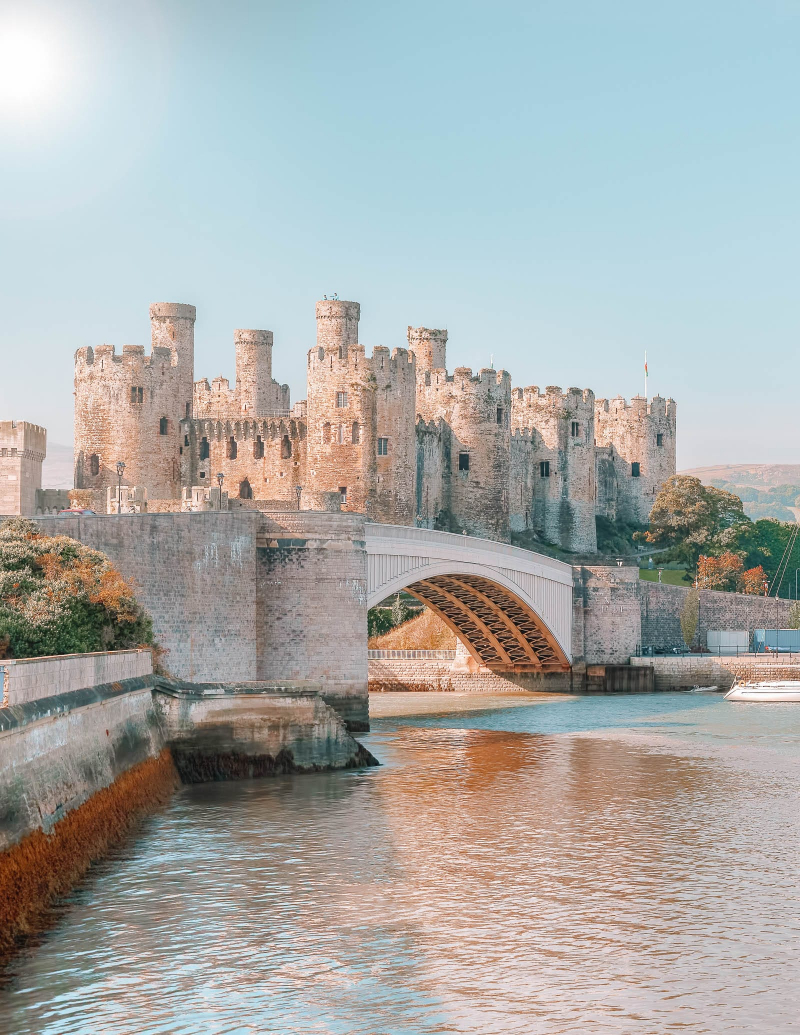
https://www.google.com/ -
This article takes us back in time to the early 17th century to examine a peculiar London gang made up primarily of gentlemen, roisterers, and revelers who enjoyed getting wasted and causing mayhem. They were known as the Damned Crew, sometimes known as the Cursed Crew, since they were thought to be fearless men working for the Devil.
There isn't a lot of information on this gang that is easily available, although Sir Edmund Baynham was the leader, at least for a while. A contemporary account of one of their escapades, which took place on the evening of March 18, 1600, is also available. Baynham and his men "cast off their cloaks and upper clothing, pulled rapiers and knives, [and] marched through the streets" after becoming intoxicated at the Mermaid Tavern. When they were being taken off to jail, Baynham yelled that he "cared not a fart for the lord mayor or any magistrate in London" after they got into a brawl with the city watchmen and were then arrested.
Following that, Baynham was connected to the historic Gunpowder Plot of 1605, an uprising in Essex, and other events. He was compelled to leave England and lived the remainder of his life in Europe; it's possible that the Damned Crew came to an end as well because of his escape.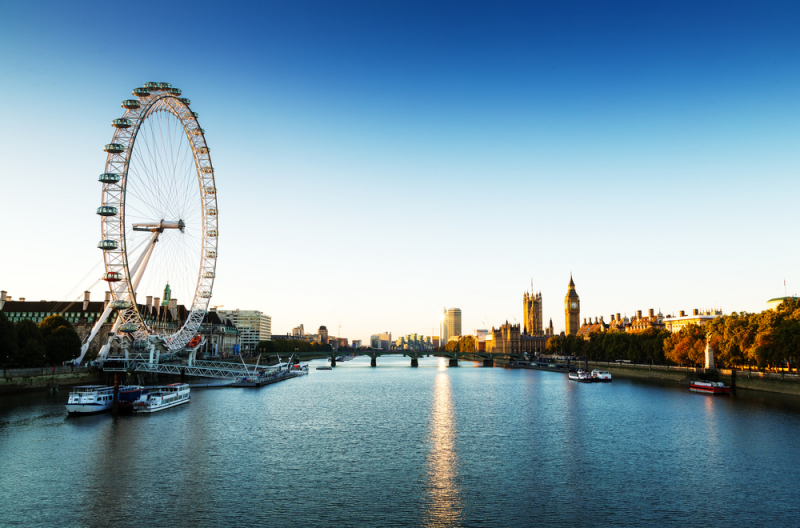
https://www.google.com/ 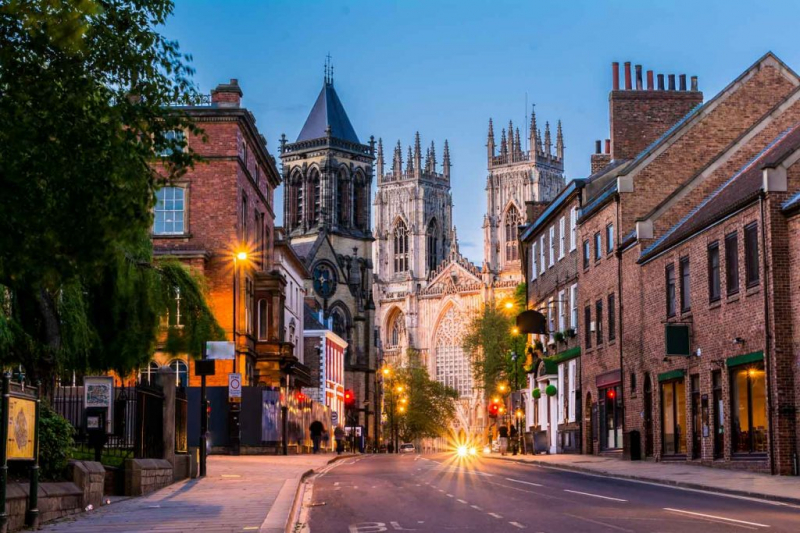
https://www.google.com/ -
The Kray Twins, who controlled the city's criminal underworld in the middle of the 20th century, are without a doubt the most infamous gangsters in London. However, even at their most powerful, they were not impenetrable. The Richardson Gang was the thorn in their side that they had to deal with on a constant basis.
This South London-based gang, led by brothers Charlie and Eddie Richardson, had a dreadful reputation for severe sadism, cruelty, and torture. They used these tactics to defend their criminal empire, which was built mostly on fraud, protection rackets, and drug selling.
In reference to the fact that Charlie Richardson provided the victim with a new shirt when they were returned home because their own clothes would have been stained with blood, receiving a beating from the Richardsons was known as "taking a shirt from Charlie." The gang's standard methods include anchoring the victim to the ground, shocking them with electricity while they are naked, and chopping off their toes with bolt cutters.
Other notable members of the Richardson Gang included George Cornell, who was killed by Ronnie Kray inside the Blind Beggar, and "Mad" Frankie Fraser, whose preferred form of correction entailed ripping teeth out with pliers. In 1966, the Richardson Gang was disbanded with the arrest of the two brothers and eleven other members on separate counts. Following what became known as the "torture trial" in the British media, they received lengthy prison terms.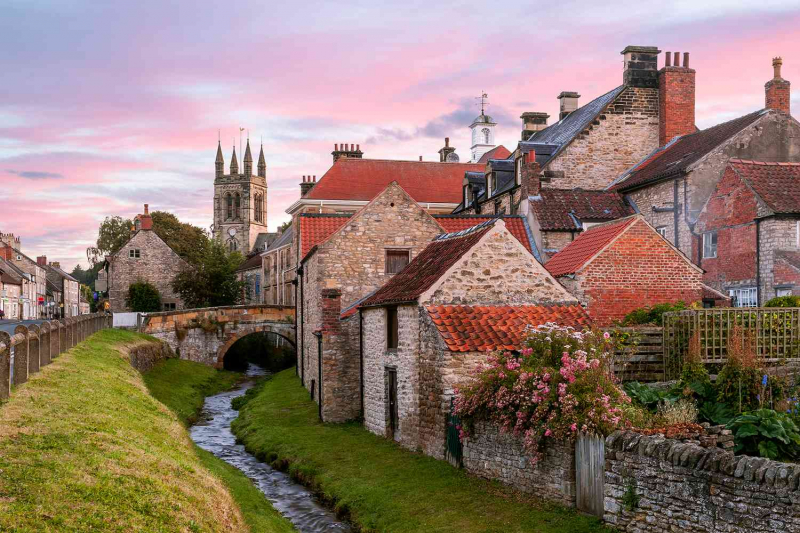
https://www.google.com/ 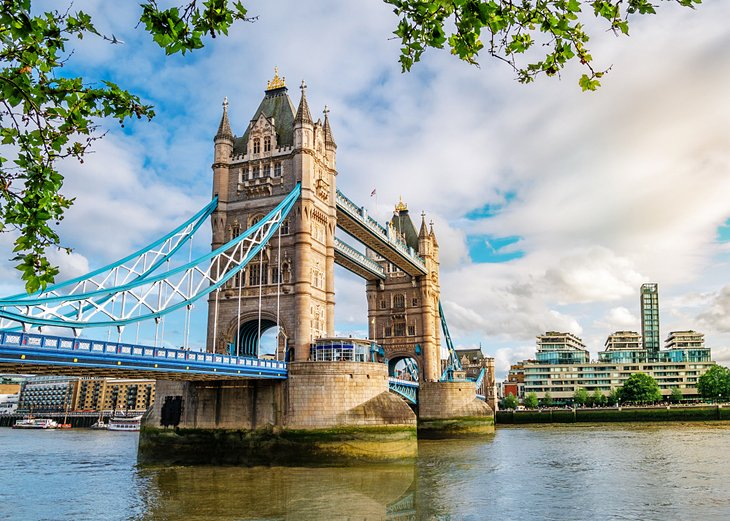
https://www.google.com/ -
The Forty Elephants might not appear like the worst gang on this list in comparison to other groups. They mainly resorted to theft from upscale stores and were very infrequently aggressive. But because of this, they were able to maintain a low profile and survive much longer than any other gang on our list. Records indicate that the organization may have been around for as long as 200 years, or at least 80 years, between 1870 and 1950. There was one more thing: all of the forty elephants were female.
They took their moniker after their base in London's Elephant and Castle neighborhood. The Elephant and Castle Mob originated from the same region, and members of the two groups frequently collaborated together and even got married to one another on occasion.
The Forty Elephants profited from the prevailing morals. They knew that, more often than not, the personnel and even the police would be too polite to check them, so they entered establishments donning bulky jackets, bloomers, crinolines, and skirts with hidden pockets sewed within. Those who were discovered frequently just served a few months in prison.The majority of them were cautious to never wear the items they had stolen, choosing instead to fence the goods and purchase their own apparel and jewelry legally. Their prime was the interwar years, particularly the hedonistic 1920s when they rose to fame for hosting extravagant parties and embracing the new flapper lifestyle. Following World War II, their activities gradually decreased, however it is still unknown exactly what put an end to the Forty Elephants for good.
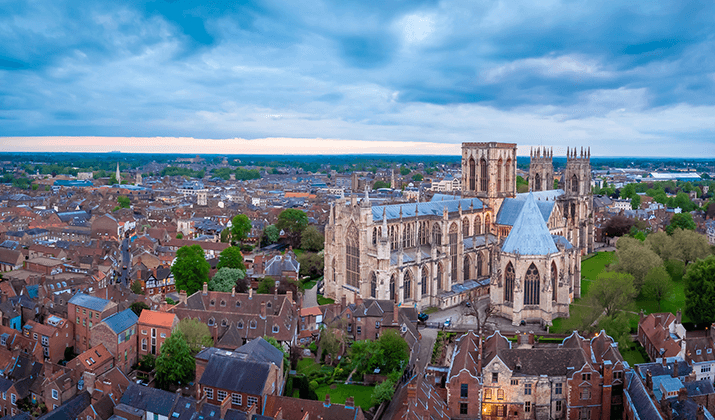
https://www.google.com/ 
https://www.google.com/ -
The Sabini Family, which was formerly the most powerful gang in London but had been largely forgotten for almost a century, is now once again well-known thanks to it being portrayed on the TV show Peaky Blinders, but more on them later. Charles "Darby" Sabini, the son of an Italian father and an English mother, served as the head of the Sabini Family. Sabini, a London native who was up in Clerkenwell Green, first made his living as a brawling hoodlum before putting together a team primarily responsible for racketeering and fencing. When he took over the very lucrative protection and extortion rackets for racetracks in the 1920s, his authority increased.
In the TV show, Sabini fought with the Jewish gang commanded by Alfie Solomons and the Peaky Blinders. His principal adversaries in real life were the Billy Kimber-led Birmingham Boys and the McDonald brothers-led Elephant and Castle Mob. Even though his rivals banded together to oppose him, Sabini prevailed. In 1927, on Waterloo Road, their conflict came to a head in a bloody brawl that left eight men dead. The McDonalds and Billy Kimber both decided to flee to America after the altercation because it attracted too much police attention, leaving the Sabini Gang in charge.
During the 1930s, as their influence gradually waned, Darby stepped aside while his brother Harry Sabini took over as head. Both brothers were detained and imprisoned as "enemy aliens" during World War II, but they were later freed since their mother was English. Naturally, the Sabini Gang was already a shell of what it had once been, and other London crime families like Billy Hill and the White Family were more than prepared to take over.
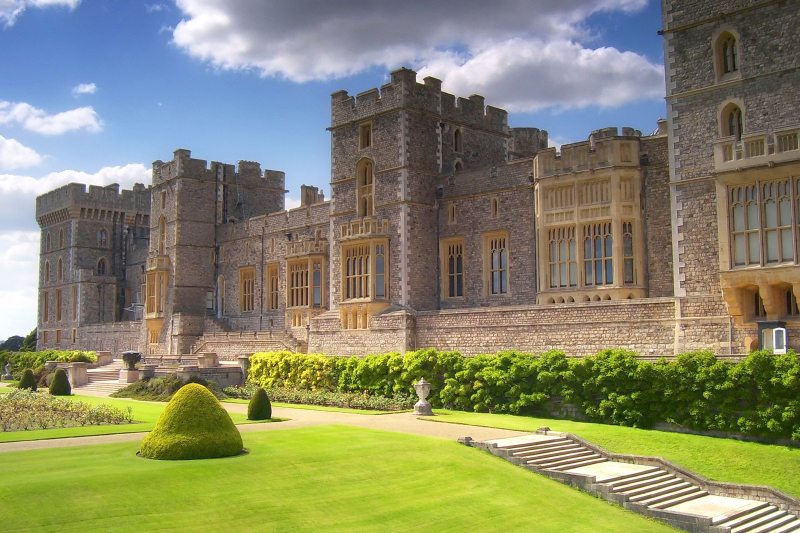
https://www.google.com/ 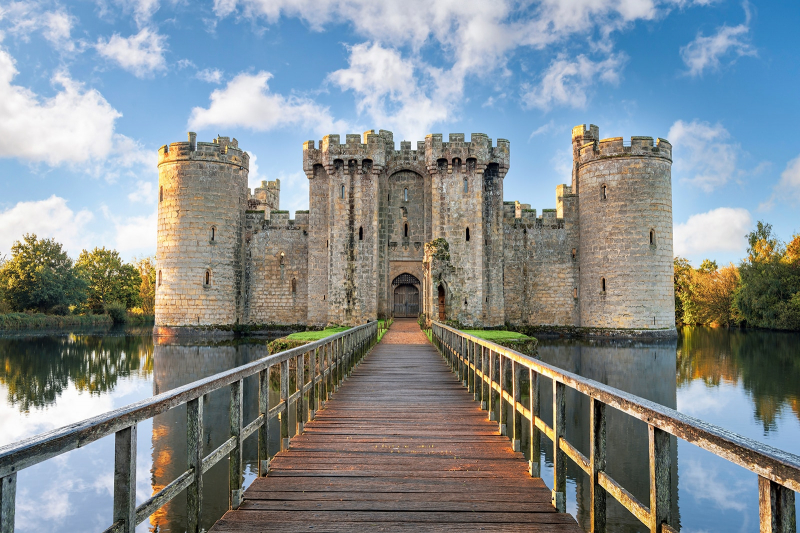
https://www.google.com/ -
Kingswood Forest in South Gloucestershire was a lawless area in the late 18th century that was used as a haven by a number of outlaws, con artists, and criminals, with the Cock Road Gang being the most infamous of all.
The Cock Road Gang, which took its name from a small hamlet close to Bristol, operated for many years and was mostly made up of members of the Caines family and their friends and associates. However, it is not known if the Caines founded the gang or if they merely seized control of it. Two family members, Joseph Fry and Samuel Ward, were executed for forgery and robbery in a Bristol Gazette article dated 1786, but the Caines family is not mentioned. The gang "kept the neighborhood in such dread that residents used to give them an annual stipend not to rob them," according to the same issue.
After breaking into a prison to free one of their own and assaulting two local constables, the year 1815 marked a turning point for the gang. After that, a group of Bristol watchmen stormed the homes of every known gang member and detained 25 people. After the majority of the Caines were put to death or deported, historian and minister H. T. Ellacombe discovered that the Cock Road Gang came to an end in 1817:
"George, the eldest son, was transported for life for breaking and entering; Thomas and Benjamin, for burglary; Thomas, Joseph, and Samuel, for burglary; James, a grandson of old Benjamin, for murder; Francis and Thomas, grandsons; other descendants transported or executed; three daughters had their respective husbands executed or transported."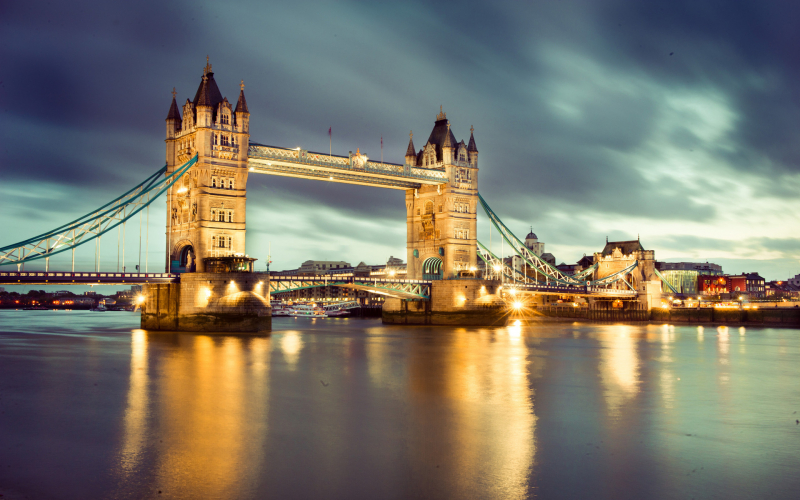
https://www.google.com/ 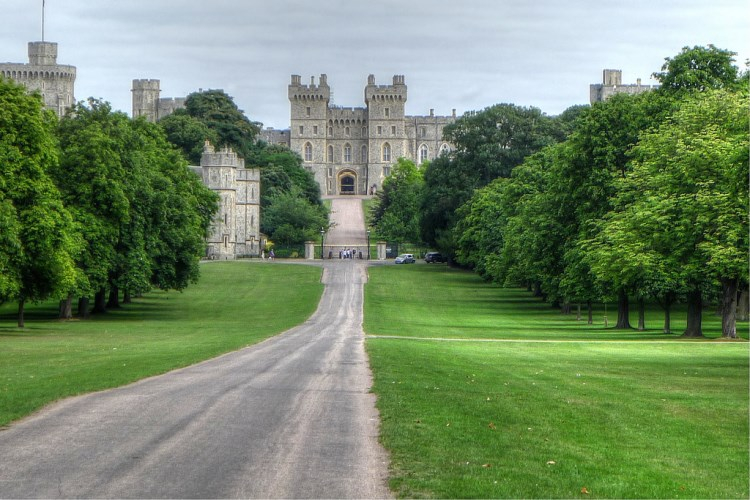
https://www.google.com/













